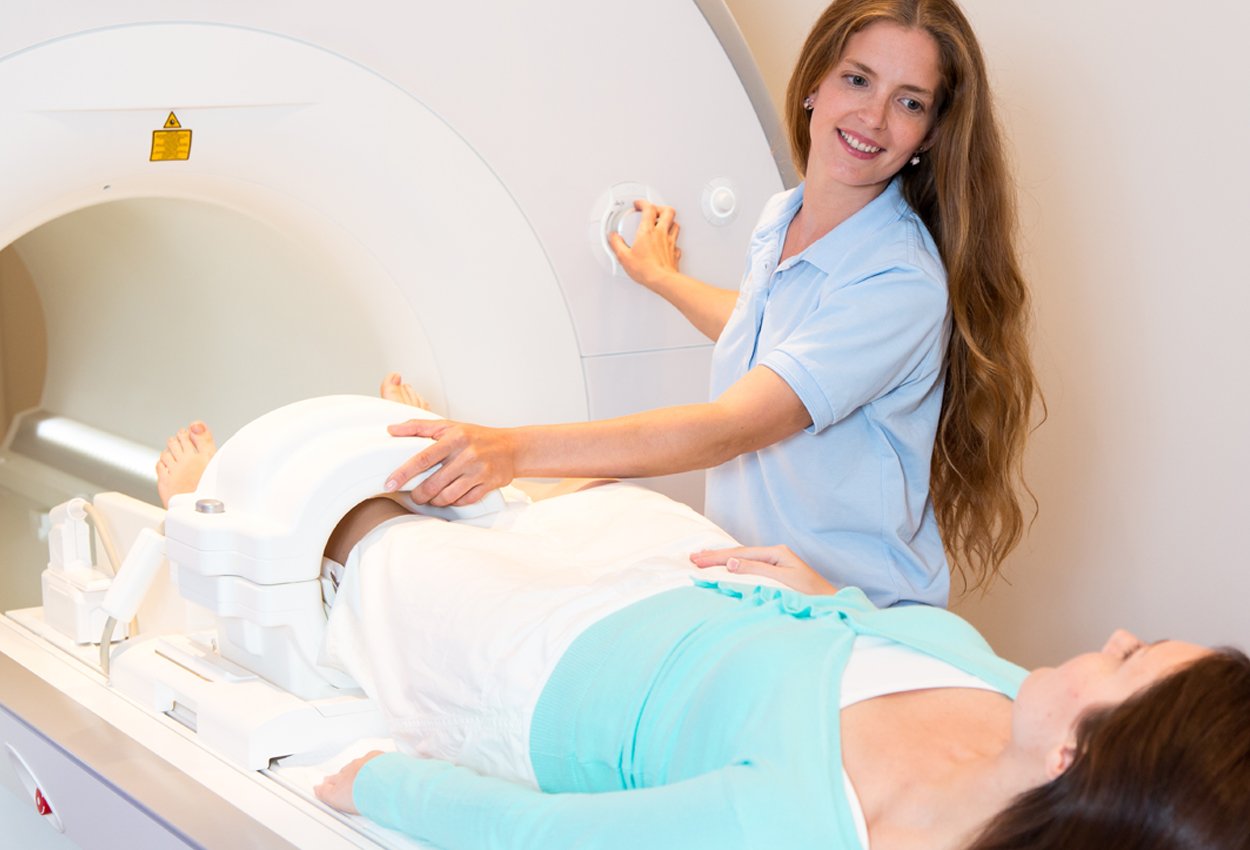
“Skin marker placement can aid in detection of clinically important imaging finding and technologist training aids increased rates of marker placement and improved correlation. Therefore, marker placement can potentially improve the clinical relevance of knee MRI reports.”
This was the conclusion of an independent, non-funded study performed by radiologists Vibhor Wadhwa, Eric Weissman, Daichi Hayashi, Yin Xi, and Avneesh Chhabra in their research article "Skin marker placement by technologist prior to knee MRI helps identify clinically relevant pathologies" published online Dec 2017, BMC Musculoskeletal Disorders.
Relevancy of location of pain towards specific orthopedic diagnosis
Wadhwa, et. al. contend that it is well known that a site of pain is quite relevant for diagnosing orthopedic conditions - such as correlating joint line tenderness with a meniscus tear.
However, the challenge is that musculoskeletal radiologists reading MRIs often do not see the patient or have access to patient charts during the study. Interpretation of the MRI can result in many findings, both related and unrelated to the patient's complaint. The main conduit of information regarding the patient's condition is the MR technologist.
Communicating patients' clinical information to the radiologist varies widely from imaging site to imaging site. Communication may be in the form of on-site documentation at intake, attaching referring physician's note to images, and/or direct site marking by the technologist prior to the scan.
Study objective: Do external markers help radiologists?
The purpose of the study was to identify the clinical efficacy of a recently implemented policy of onsite marker placement with Beekley Medical's 5.0cm MR-SPOT Packets™ REF 184 at the site of concern - identified as "most painful or only painful site" and/or palpable swelling.
The authors found that skin marker location "highly correlates" with important clinical findings in more than half the cases, leading them to surmise that the use of skin markers to communicate an area of interest in knee MRI can potentially help the radiologist.
 “Since there is limited clinical information available to the radiologist, skin markers can help in identification of pathology with increased confidence. Finding clinically correlated important internal knee derangement lesions in more than 50% cases by just using an external marker is a diagnostically relevant result (emphasis mine)."
“Since there is limited clinical information available to the radiologist, skin markers can help in identification of pathology with increased confidence. Finding clinically correlated important internal knee derangement lesions in more than 50% cases by just using an external marker is a diagnostically relevant result (emphasis mine)."
The authors plan to do similar studies for other joints (wrist, ankle, shoulder, and hip) to further validate the usefulness of skin marker placement in MRI.
Communicate with the right skin marker
In their research article, Wadhwa et. al. acknowledge the use of makeshift markers (fish oil capsules for example) in addition to commercially available ones such as Beekley Medical's MR-SPOT® skin markers for MRI which were used in their study.
When choosing a marker for communicating areas of interests in MRI, it's important to keep in mind that food products such as almonds, condiment packets, vitamin capsules, etc., may lead to poor and inconsistent imaging, indentation, or even distortion of pathology - undercutting the intended (and important) use of skin markers as a communication tool between patient, technologist, and radiologist in diagnostic imaging.
Learn more about the professional difference a Beekley MR-SPOT skin marker can make in helping your radiologists identify clinically relevant pathologies. Contact your Advanced Imaging Business Development Manager at 1-800-233-5539 or info@beekley.com and ask about a trial evaluation.
Visit www.beekley.com for product safety information
Related articles:

Jonathan McCullough
Product Manager
